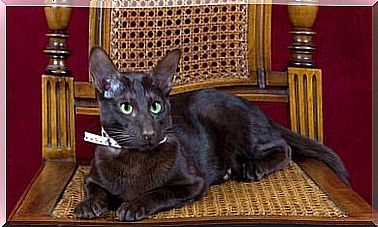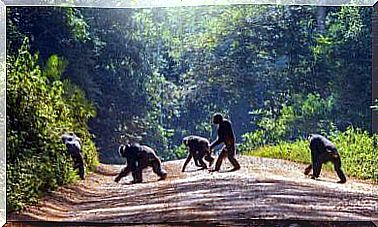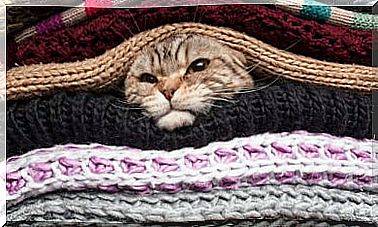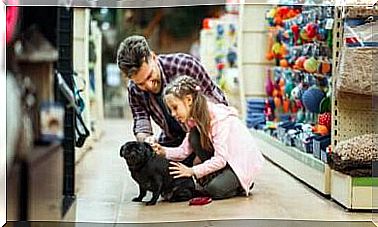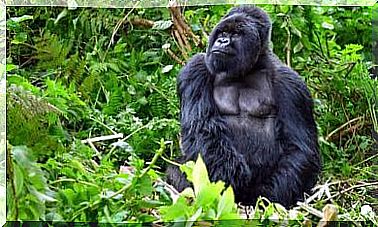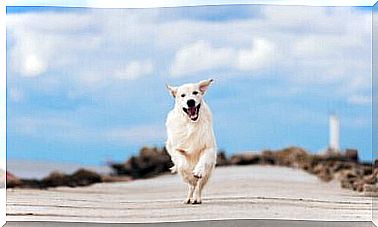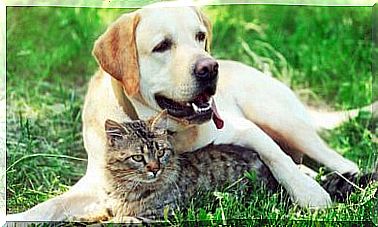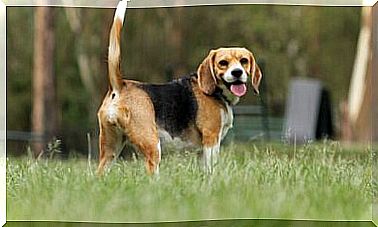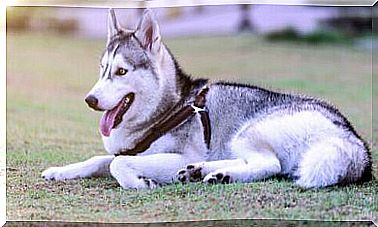Even The Smallest Poodle Is A Wolf At Heart
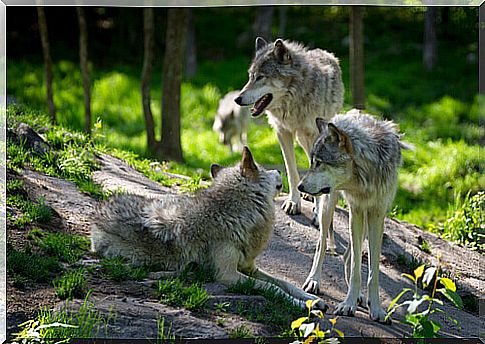
Looking at dogs, have you ever noticed any resemblance to any other animal breed? Of course you are thinking of wolves! That’s right, you got it, dogs are descendants of this fierce breed. There are many attitudes that still keep dogs and wolves and others that have almost disappeared by domestication. Although it looks so different, because you can’t be near a wolf or order him to sit, the fact is that dogs bear many similarities to them despite their differences. Let’s get to know a little about these similar features.
Dogs and wolves, so similar and different
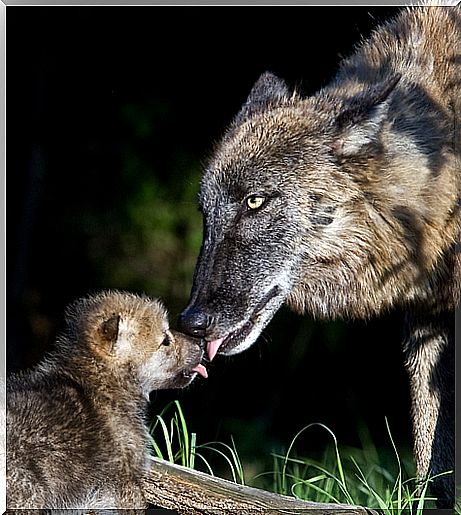
There are dogs that are more similar to wolves in terms of physical appearance, but others that look completely different, such as poodles. However, all dogs have wolf characteristics, even the most affectionate and tame Poodles . These similarities can be seen in the way they communicate and in the gestures to convey emotions.
The less domesticated dogs, or in other words, the ones that have less contact with people, bear much more resemblance to wolves, because they are wild.
The differences between dogs and wolves
The most characteristic difference is that wolves are distrustful and distrustful of humans for the sake of survival. Dogs have smaller brains and better social skills, allowing them to adapt to humans. Added to that, we found genetic differences that allow dogs to digest foods rich in carbohydrates, unlike wolves that do not have this ability, which makes it easier to live with humans.
Similarities between dogs and wolves
- Among the most visible similarities is the sense of hearing and smell, which both have been highly developed.
- The ability to see in the dark. Both species have a great ability to see in dark or dark environments, as a result of the need to survive and hunt, in the case of wolves, but the characteristic remains in dogs.
- Need for fellowship. In both cases, animals need to be in the company of other people, by wolves, other like, for dogs, humans.
- They need a pack leader. Wolves are characterized by being in a pack and always having a leader to guide them. For domestic dogs, the owner is the leader, as long as it shows itself as such. If the owner does not demonstrate that he is the leader, the animal will assume the role.
How did domestic dogs come about?
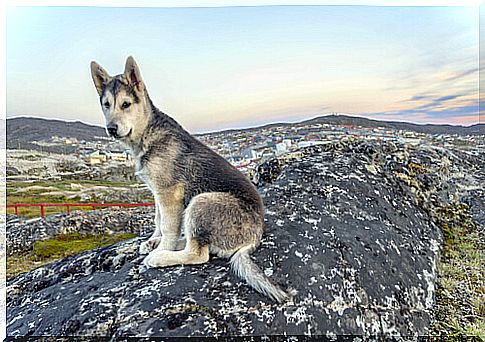
Domestic dogs appeared about 12,000 years ago, when agriculture emerged. Humans appropriated wild dogs, much like wolves and trained them to carry out surveillance work in fields and livestock. In return, they offered the animals food and human food.
Thus, a contact emerged that was transformed into friendship and that lasts for centuries. Dogs evolved into around 400 different breeds and are now considered man’s best friends. Their ancestors, who came into contact with humans through agriculture, conveyed that humans offered care and food in exchange for loyalty and hard work.
The work of dogs, over time, has also taken on various forms, as they currently not only perform jobs as shepherds and lookouts, but as therapists, assistance dogs, guide dogs, sniffer dogs, etc. They have adapted to our environment, remain friends and show all loyalty. It’s up to us to respond and reflect if we are offering loyalty and companionship to our little four-legged friends.
So if your cuddly and sweet white ball, yes, we’re talking about the poodle, one day it will show its teeth and become aggressive with you, calm down, remember where it came from. But your love and loyalty can disable any trace of aggression your pet has. Any dog is a wolf at heart, because that’s their origin.
